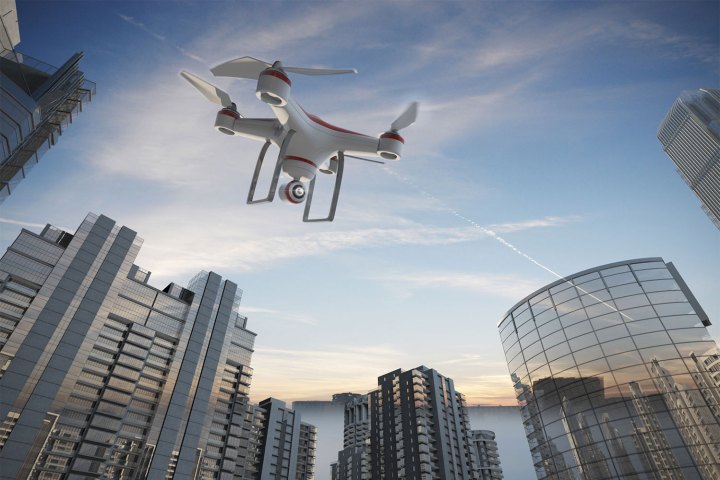
Officials are concerned about rogue flying machines disrupting events during the two-week sporting extravaganza, and have put in measures to deal with any such incidents.
Worst-case scenarios include a drone carrying a bomb toward a bus full of athletes, a scenario recently tackled by a SWAT team as part of a pre-Games drill. The team shot down the drone before it had a chance to reach the vehicle.
The sporting event isn’t known to be facing any specific threat from terror groups, and North Korea’s decision to participate in the Games has reduced fears that South Korea’s unpredictable neighbor might interfere in some way. But as you’d expect, trained personnel — reportedly as many as 60,000 — will be doing their utmost to ensure the safety of the athletes as well as spectators attending the Games.
No-fly zone
The airspace over and around the Games has been declared a no-fly zone for unauthorized aircraft, and special drone-detection radar developed by the Korea Advanced Institute of Science & Technology will be in place to keep the skies safe for the duration of the event.
Local news outlets are also reporting the use of signal-jamming guns like this one that can intercept communications between a pilot and their drone, and bring it safely back to the ground. In extreme cases, a helicopter could be deployed, with a special forces agent going in close to shoot and destroy the drone in midair.
So-called “drone-catching drones” may also be deployed during the Winter Games. These multi-rotor machines — more powerful than your regular consumer drone — carry nets that can be used to smother and disable a rogue drone. It’s not clear how effective this measure is, as it involves a highly skilled drone pilot going after the rogue drone in what could turn out to be a lengthy game of aerial cat and mouse.
We first saw net-carrying drones in Japan in 2015. A demonstration by Tokyo police showed a drone carrying a net that opened out beneath it. When it closed in on its target, the rogue drone’s propellers became entangled in the net like a fly in a spider’s web, enabling the police’s drone to bring the caught copter back to the ground in a controlled manner.
Other equipment for protecting athletes and spectators at the sports venues in the coming weeks includes low-flying aircraft with facial recognition technology on board. It’s claimed that these powerful cameras can monitor activities on the ground in great detail, with agents at the venues able to be rapidly deployed should the cameras detect any suspicious activities.


